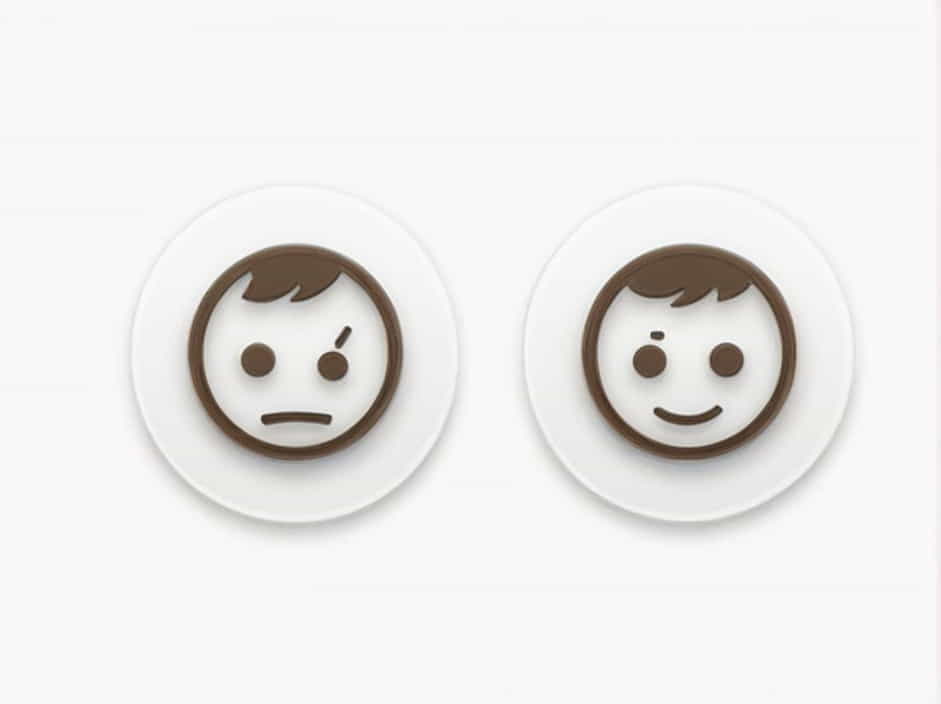Borderline Personality Disorder (BPD) and Bipolar Disorder (BD) are two distinct mental health conditions that are often confused due to their overlapping symptoms. Both disorders involve mood instability, impulsivity, and emotional struggles, but they differ in their causes, duration of mood changes, and treatment approaches.
Understanding the difference between BPD and Bipolar Disorder is crucial for accurate diagnosis and effective treatment. This topic will explain their key distinctions, symptoms, causes, and treatment options to help clarify these commonly misunderstood conditions.
What Is Borderline Personality Disorder (BPD)?
Definition of BPD
Borderline Personality Disorder (BPD) is a personality disorder characterized by intense emotional instability, difficulty maintaining relationships, impulsive behavior, and a deep fear of abandonment. People with BPD often struggle with their self-identity and emotional regulation, leading to erratic behavior and relationship conflicts.
Common Symptoms of BPD
- Extreme Fear of Abandonment
- Individuals with BPD may go to great lengths to avoid real or perceived rejection.
- Unstable Relationships
- Relationships are often intense and short-lived, alternating between idealization and devaluation.
- Identity Disturbance
- A person with BPD may struggle with a fluctuating self-image, leading to uncertainty about their goals and values.
- Impulsivity
- Engaging in reckless behaviors like substance abuse, unsafe sex, overspending, or binge eating.
- Emotional Instability
- Intense mood swings that last a few hours to a day, triggered by external events.
- Chronic Feelings of Emptiness
- A deep, persistent sense of void or numbness.
- Explosive Anger
- Uncontrollable outbursts of anger, sometimes leading to physical aggression.
- Self-Harm and Suicidal Behaviors
- Many individuals engage in self-injury (cutting, burning, etc.) or have frequent suicidal thoughts.
Causes of BPD
The exact cause of BPD is unknown, but several factors contribute:
- Genetics – A family history of BPD may increase the risk.
- Brain Structure – Differences in brain areas related to emotion regulation and impulse control.
- Childhood Trauma – Many people with BPD have experienced abuse, neglect, or abandonment in early life.
- Environmental Factors – Unstable relationships or exposure to high stress can contribute to BPD symptoms.
What Is Bipolar Disorder?
Definition of Bipolar Disorder
Bipolar Disorder is a mood disorder that causes extreme shifts between manic (high-energy) and depressive (low-energy) episodes. These mood swings can last days, weeks, or even months, significantly impacting daily life.
Types of Bipolar Disorder
- Bipolar I Disorder
- Characterized by at least one manic episode, which may be followed by major depressive episodes.
- Bipolar II Disorder
- Involves hypomania (a milder form of mania) and major depressive episodes.
- Cyclothymic Disorder
- A milder form of bipolar disorder with chronic mood fluctuations.
Common Symptoms of Bipolar Disorder
Manic Episodes (High-Energy Phase)
- Elevated or irritable mood lasting for at least a week.
- Increased energy, reduced need for sleep.
- Racing thoughts, rapid speech.
- Impulsive decision-making, risky behaviors (e.g., spending sprees, reckless driving).
- Grandiosity – Feeling invincible or overly confident.
Depressive Episodes (Low-Energy Phase)
- Persistent sadness, hopelessness.
- Lack of energy, fatigue.
- Loss of interest in activities once enjoyed.
- Sleep disturbances (insomnia or excessive sleeping).
- Suicidal thoughts or behaviors.
Causes of Bipolar Disorder
- Genetics – A strong hereditary link; often runs in families.
- Brain Chemistry – Imbalances in neurotransmitters like dopamine and serotonin.
- Stress and Trauma – Major life changes or stressful events can trigger episodes.
Key Differences Between BPD and Bipolar Disorder
1. Mood Shifts
- BPD: Mood changes are triggered by external events and last a few hours to a day.
- Bipolar: Mood shifts occur in episodes that last days to weeks.
2. Emotional Regulation
- BPD: Emotions are intensely reactive and shift quickly.
- Bipolar: Emotional changes occur over a longer period and are more extreme.
3. Relationship Patterns
- BPD: Unstable relationships due to intense fear of abandonment.
- Bipolar: Relationships may be affected during manic or depressive episodes, but not due to abandonment fears.
4. Impulsivity and Risky Behavior
- BPD: Impulsivity is often related to emotional distress (e.g., self-harm, reckless spending).
- Bipolar: Impulsivity is more common in manic episodes (e.g., reckless investments, excessive partying).
5. Self-Identity
- BPD: A constant struggle with self-identity and self-worth.
- Bipolar: Self-image is generally stable but may change during manic or depressive episodes.
6. Treatment Approaches
| Aspect | BPD Treatment | Bipolar Disorder Treatment |
|---|---|---|
| Medication | Often not the primary treatment; mood stabilizers may help | Mood stabilizers, antipsychotics, antidepressants |
| Therapy | Dialectical Behavior Therapy (DBT) is the most effective | Cognitive Behavioral Therapy (CBT) is commonly used |
| Hospitalization | Only in extreme self-harm cases | May be needed for severe manic or depressive episodes |
Why Do People Confuse BPD and Bipolar Disorder?
- Both involve mood instability and impulsivity.
- Both can lead to self-harm and suicidal thoughts.
- Both may cause difficulty in relationships and work life.
- Some people have both conditions simultaneously (co-occurring BPD and Bipolar).
How to Get an Accurate Diagnosis
If you or someone you know experiences symptoms of BPD or Bipolar Disorder, a mental health professional should be consulted for a proper diagnosis. The diagnostic process typically includes:
- Clinical interviews and psychological assessments.
- A review of medical and family history.
- Monitoring mood patterns over time.
While Borderline Personality Disorder (BPD) and Bipolar Disorder (BD) share some similarities, they are fundamentally different conditions.
- BPD is characterized by rapid emotional shifts, unstable relationships, and fear of abandonment.
- Bipolar Disorder involves long-lasting mood episodes that alternate between mania and depression.
A correct diagnosis is essential for effective treatment and long-term management. Whether dealing with BPD, Bipolar Disorder, or both, seeking professional help and following a structured treatment plan can significantly improve quality of life.
